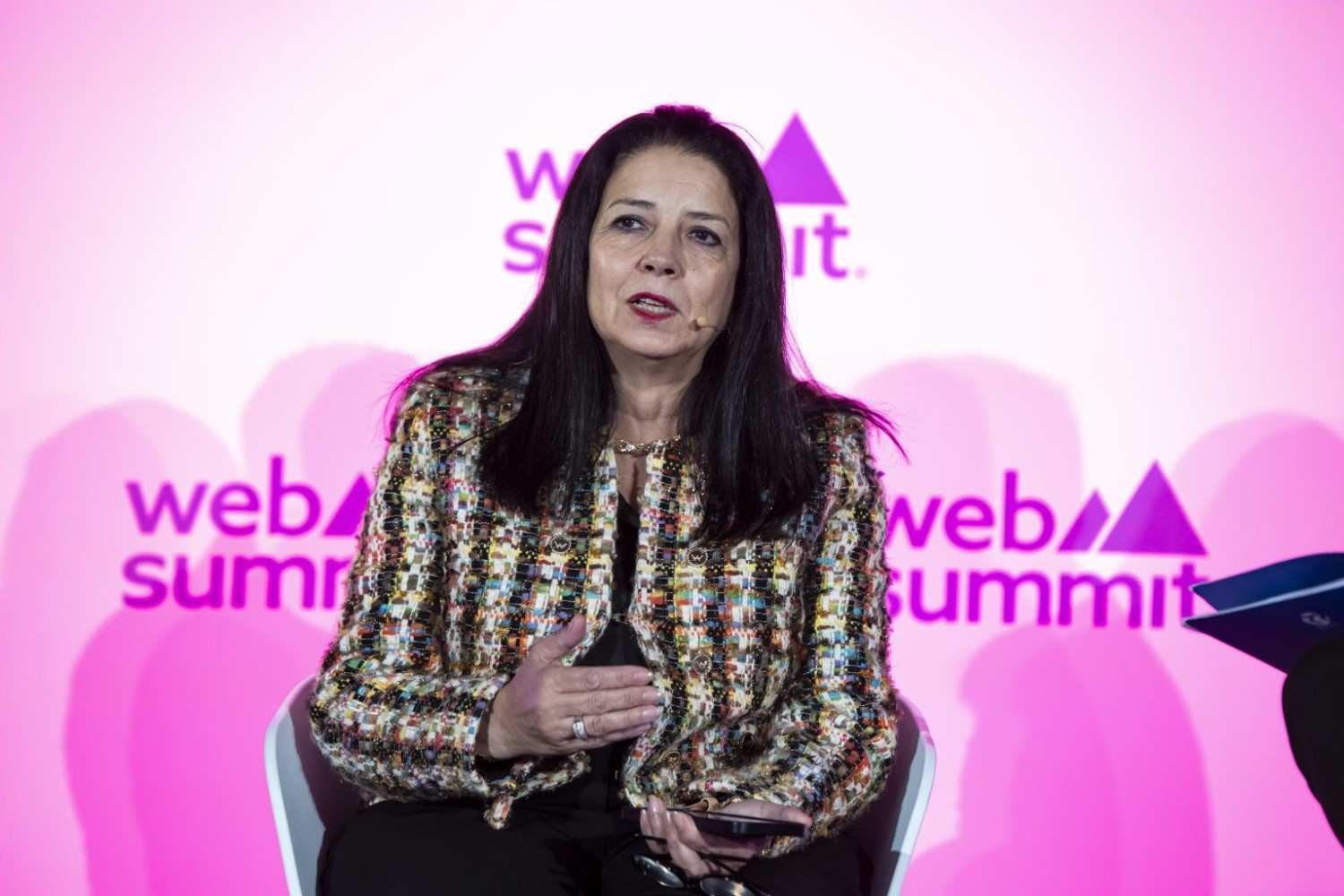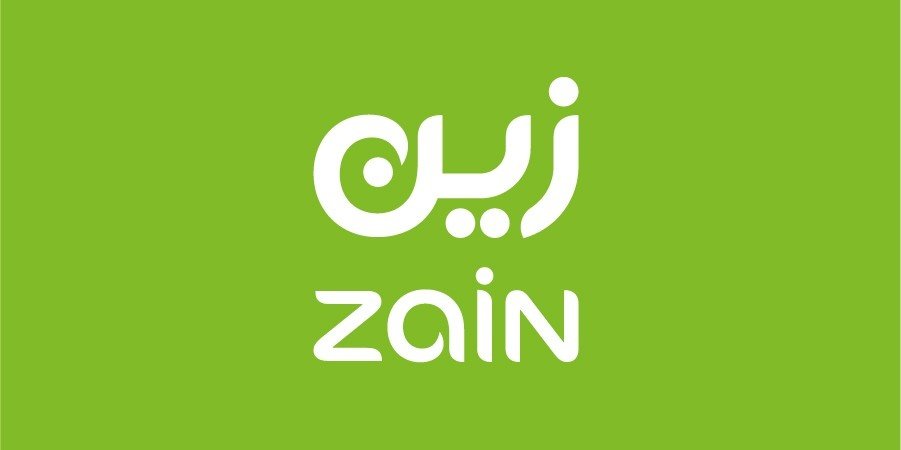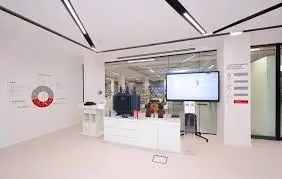Artificial intelligence has evolved from a peripheral curiosity to a national priority in Morocco. Once viewed as a Western-driven technology, AI is now central to Morocco’s digital transformation agenda—anchored in the belief that the nation must achieve sovereignty over the digital tools shaping global power structures.
The transformation began with “Morocco Digital 2020”, a framework designed to reduce reliance on foreign tech giants, later refined through successive national strategies. Rabat’s goal is to align technological modernization with Moroccan cultural identity while fostering local innovation.
At the heart of this vision lie three pillars: building a national cloud infrastructure, expanding data centers, and supporting tech start-ups. Yet the path to sovereignty remains constrained by structural dependence on imported software, servers, and cloud systems—mostly controlled by companies under foreign jurisdictions. This dependency exposes sensitive national data to potential external oversight.
AI dependence poses a similar risk. Algorithms built abroad operate as opaque “black boxes,” trained on datasets shaped by non-Moroccan contexts. This can lead to biased outcomes or misaligned interpretations when deployed locally.
Balancing Innovation and Governance
Morocco’s leadership is striving to balance rapid digital progress with strong institutional governance. Too much innovation without regulation risks instability; too much control could stifle growth. To address this, Rabat has created a Ministry of Digital Transition and proposed a National Agency for AI Governance.
In a landmark move, Morocco’s central bank introduced the e-Dirham, a sovereign digital currency designed to modernize payments and reduce cash dependency. The blockchain-based system keeps all transaction data under national control, signaling Morocco’s intent to strengthen oversight in a fast-evolving digital economy.
This comes amid efforts to regulate crypto use—still widespread despite a 2017 ban. With nearly 6 million cryptocurrency users, the e-Dirham represents a push to formalize digital finance while protecting citizens from fraud and speculation.
However, the country faces deep digital divides: around 35–46% of Moroccans remain unbanked, and 40% of rural residents struggle with digital illiteracy. Bridging these gaps is vital if Morocco’s AI and digital reforms are to deliver equitable benefits.
Searching for a Sustainable AI Model
Across the Arab world, countries are embracing AI at varying speeds. Saudi Arabia has launched a national AI readiness index, while Libya is developing LibiGPT, a homegrown AI system. Morocco, meanwhile, continues to define its role within this rapidly advancing regional landscape.
Despite ambitions, Morocco’s tech ecosystem suffers from limited investment. Banks often hesitate to fund AI start-ups, favoring traditional industries. This risk aversion could hinder innovation and deepen dependence on foreign technology.
Efforts like the Jazari Institute in Guelmim-Oued Noun, which promotes AI for smart farming, renewable energy, and digital health, show a shift toward regional inclusivity. These initiatives mark Morocco’s transition from passive observation to active participation in the global digital movement.
Possible Futures
Least likely scenario: Morocco fails to capitalize on its AI revolution. The nation becomes a consumer—not a creator—of technology, deepening its dependency on foreign solutions. The resulting stagnation drives youth migration and fuels speculative ventures like crypto trading.
Most likely scenario: Morocco acknowledges the urgency of reform and strengthens AI education, start-up incentives, and institutional governance. As data science programs expand, and digital tools become more widespread, the country leverages its strategic position to attract high-value tech investments and build a more inclusive digital economy.
Morocco’s journey toward digital sovereignty is far from complete—but its direction is unmistakable. The coming decade will reveal whether it can convert ambition into self-reliance and inclusion in the age of artificial intelligence.















